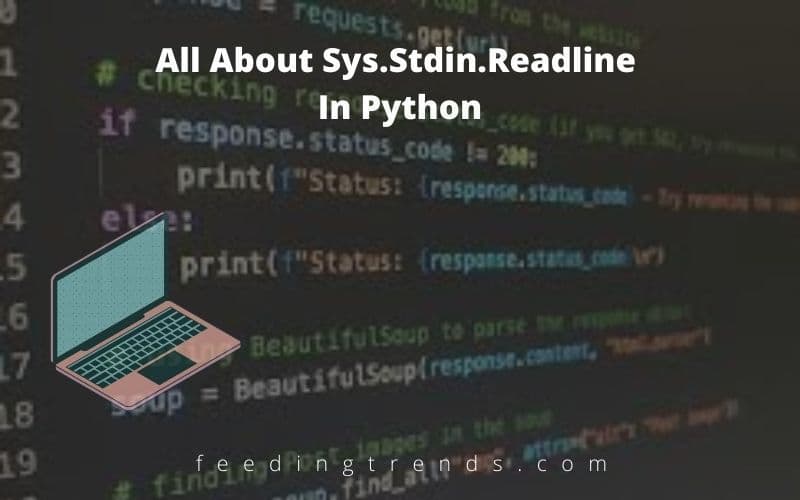
All About Sys.Stdin.Readline In Python
The most recommended programming language for beginners is Python. It is becoming popular due to its simple syntax, including many different packages and libraries.
It is handy in developing websites and mobile apps. Also, it can conduct data analysis.
Here are the simple two ways in which we can take input in Python:
1) raw_input()
2) input()
Let us now understand how we can take input in Python by importing sys-
The sys module helps us access different variables maintained in the interpreter. stdin is a function from the sys module.
If we use sys.stdin to get input from the user, the results we get are faster. But we can understand its difference when we deal with a large number of inputs.
sys.stdin allows us to take input from the user while we are running the program. We can assign that input to a variable. In other words, we can take an input within the program.
Coming to sys.stdin.readline, stdin stands for standard input. Readline reads the input given by the user in the program and executes the progressive program. sys.stdin.readline() reads the number of characters entered by the user in stdin.

For example:
sys.stdin.readline(2)-
Then, it will read only two characters from stdin.
If you want the readline to read all the characters entered by the user, then you simply need to leave the brackets empty.
For example:
sys.stdin.readline()
I hope this article gives you a basic knowledge about sys.stdin.readline. Do like comment and share this article with Python enthusiasts.
Appreciate the creator